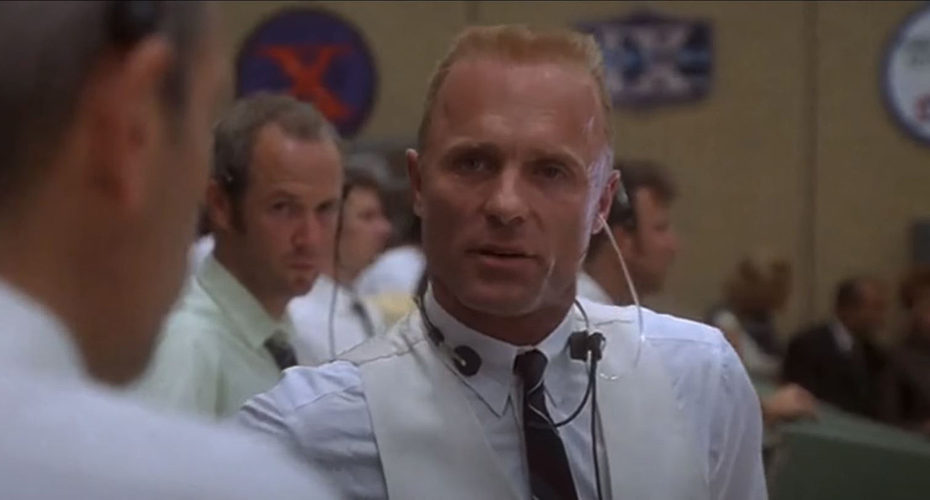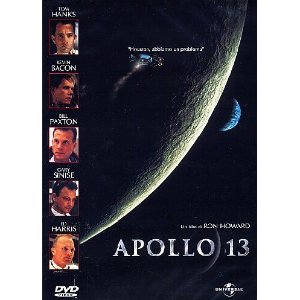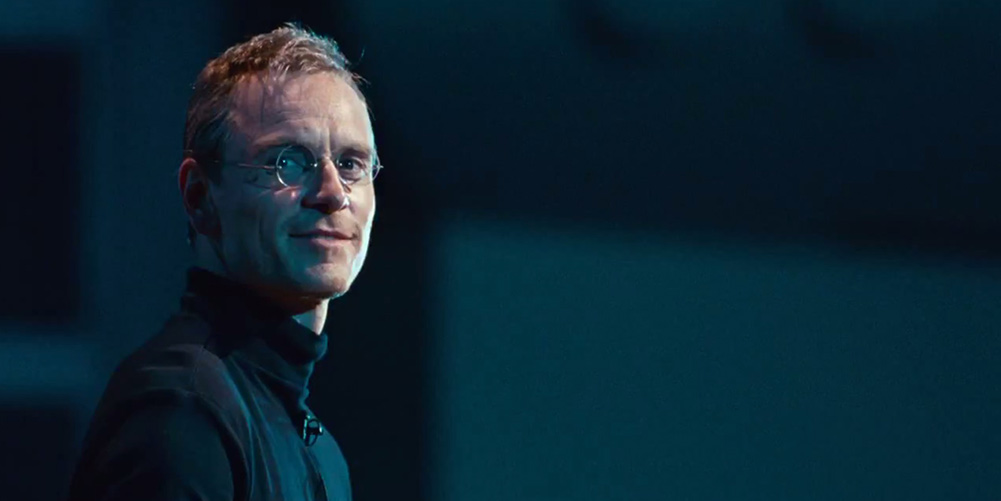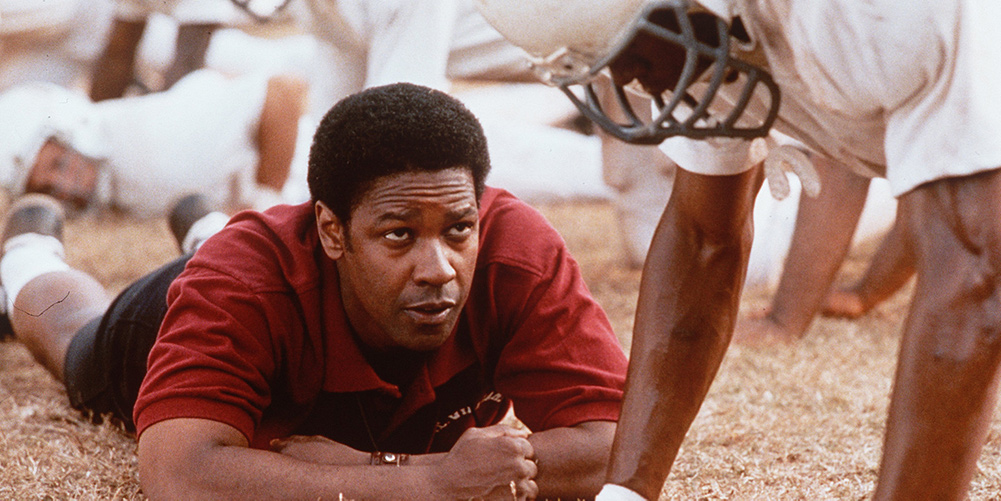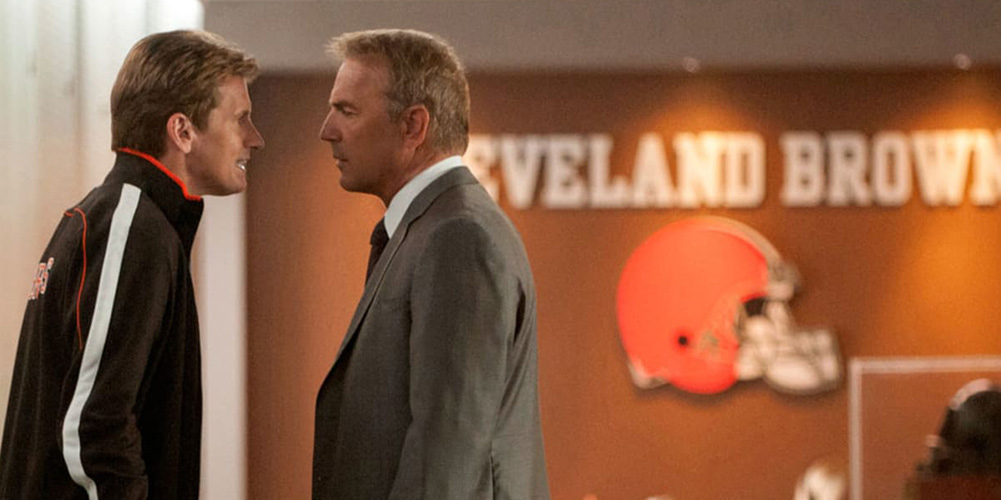There’s a scene in Apollo 13 when Flight Controller John Aaron declares that, to get the stricken shuttle back to Earth, they’ll need to get the shuttle power output down to 12 amps. The response? ‘You can’t run a vacuum cleaner on 12 amps John!’
It’s a moment that perfectly sums up the enormity of the task facing NASA – and the massive leadership challenge to go with it. It’s a situation that might make many of us run and hide under the duvet.
Step up Flight Director Gene Kranz, played by Ed Harris – the epitomy of ‘enable others to act’. At no point does he accept for one second that they won’t be successful, and his steely attitude instils belief in those around him.
Kranz expertly marshals his resources with his instruction to ‘work the problem’, enabling everyone to play their role in resolving the crisis. For every seemingly impossible situation, his response is simple – we need to find a way to make it work.
It’s an approach that leads to cinematic gold: ‘we’ve never lost an American in space and we sure as hell aren’t going to lose one on my watch. Failure is not an option.’
According to Kranz’s Wikipedia entry, he never actually said those words in real life, but it successfully sums up the tone for the whole movie.
Apollo 13 is the co-ordination of a massive team effort to achieve an improbable result, and everyone has their role to play – whether it’s the grounded pilot brought into the simulator to find a successful re-entry approach, or the NASA staff given a box of everything in the shuttle and instructed to make a ‘square peg to fit a round hole’.
According to my brother-in-law, a sports coach, many of his students are surprised when he tells them that the Apollo 13 mission is a true story. And it’s the reality that makes this perhaps the ultimate in leadership and crisis management movies, where a brilliantly-led team really do succeed in making the seemingly impossible happen.
